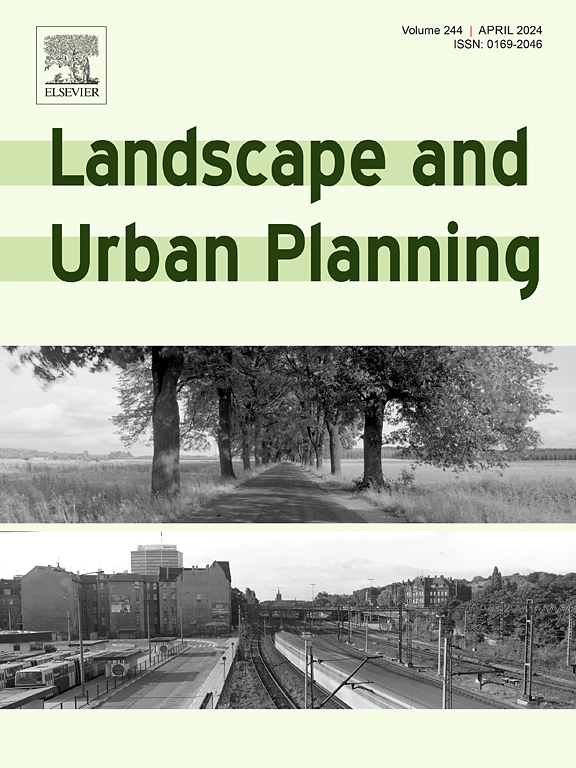在多个空间尺度上理解建筑空间和绿地对空气质量的影响:系统的文献综述
IF 9.2
1区 环境科学与生态学
Q1 ECOLOGY
引用次数: 0
摘要
了解如何设计和规划城市中的建筑和绿色空间对于实现最佳的室外空气质量至关重要。虽然有几项研究调查了建筑空间和绿色空间的不同指标如何在不同的空间尺度(宏观、中观和微观)上影响空气质量,但研究结果和证据仍然是零散的,城市设计师、规划者和政策制定者在很大程度上无法获得这些研究结果和证据。为了弥补这一差距,我们对61篇同行评审的出版物进行了系统的文献综述:(1)概述了关于建筑和绿地对空气质量影响的文献,包括调查的关键领域(排放、扩散、沉积、暴露等)、研究的污染物(颗粒物、气体)和使用的定量方法(数值、物理和经验模型);(2)建立影响不同空间尺度空气质量的建成区和绿地指标分类,如城市峡谷宽高比、植被大小、土地利用和土地覆盖组成;(3)综合这些指标如何跨尺度(积极、消极、不显著或不同程度)影响空气质量的定量证据。分类和综合证据为城市规划、设计和政策提供了可操作的、基于证据的见解,以改善不同空间尺度的空气质量。此外,该综述还强调了未来空气质量研究的几个尚未开发的领域,例如植被配置的影响。本文章由计算机程序翻译,如有差异,请以英文原文为准。
Understanding the effect of built-up and green spaces upon air quality at multiple spatial scales: A systematic literature review
Understanding how to design and plan built-up and green spaces in cities is essential for achieving optimal outdoor air quality. While several studies have investigated how different indicators of built-up and green spaces impact air quality across various spatial scales (macro, meso, and micro), the findings and evidence remain fragmented and largely inaccessible to urban designers, planners, and policymakers. To bridge this gap, we conducted a systematic literature review of 61 peer-reviewed publications to: (1) provide an overview of the literature addressing the impacts of built-up and green spaces on air quality, including key areas of investigation (emission, dispersion, deposition, exposure, etc.), the pollutants studied (particulates, gases), and the quantitative methods used (numerical, physical, and empirical models); (2) develop a taxonomy of built-up and green space indicators that influence air quality at different spatial scales, such as urban canyon aspect ratios, vegetation size, and land-use and land-cover compositions; and (3) synthesize quantitative evidence on how these indicators affect air quality (positively, negatively, insignificantly, or variously) across scales. The taxonomy and synthesized evidence offer actionable, evidence-based insights for urban planning, design, and policy to improve air quality at different spatial scales. Additionally, the review highlights several under-explored areas for future air quality research, such as the impact of vegetation configuration.
求助全文
通过发布文献求助,成功后即可免费获取论文全文。
去求助
来源期刊

Landscape and Urban Planning
环境科学-生态学
CiteScore
15.20
自引率
6.60%
发文量
232
审稿时长
6 months
期刊介绍:
Landscape and Urban Planning is an international journal that aims to enhance our understanding of landscapes and promote sustainable solutions for landscape change. The journal focuses on landscapes as complex social-ecological systems that encompass various spatial and temporal dimensions. These landscapes possess aesthetic, natural, and cultural qualities that are valued by individuals in different ways, leading to actions that alter the landscape. With increasing urbanization and the need for ecological and cultural sensitivity at various scales, a multidisciplinary approach is necessary to comprehend and align social and ecological values for landscape sustainability. The journal believes that combining landscape science with planning and design can yield positive outcomes for both people and nature.
 求助内容:
求助内容: 应助结果提醒方式:
应助结果提醒方式:


